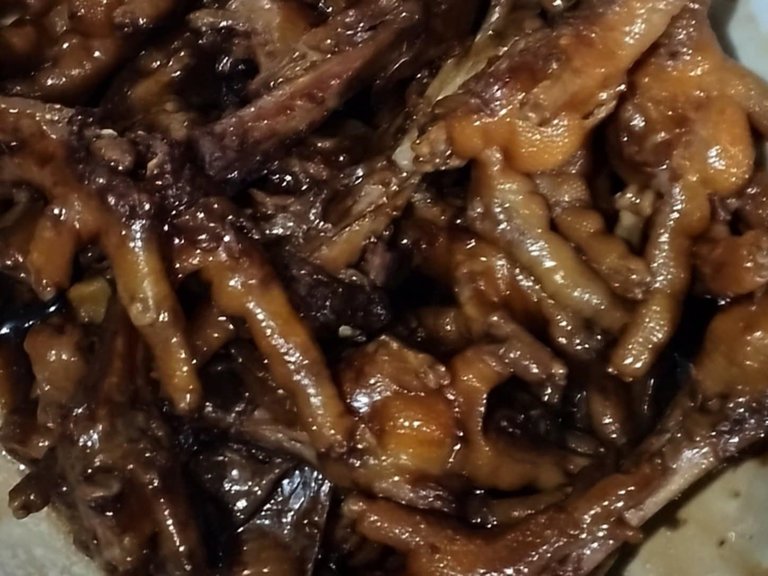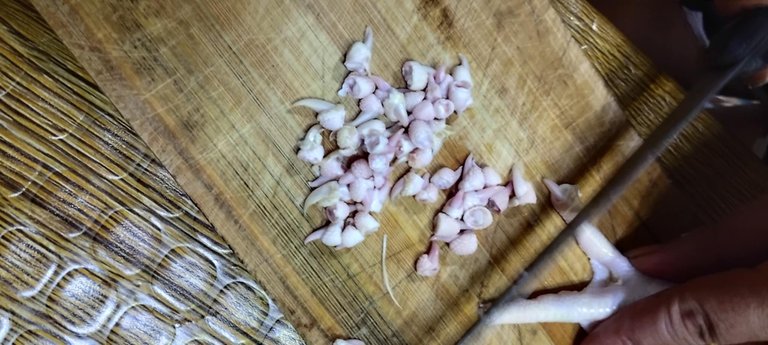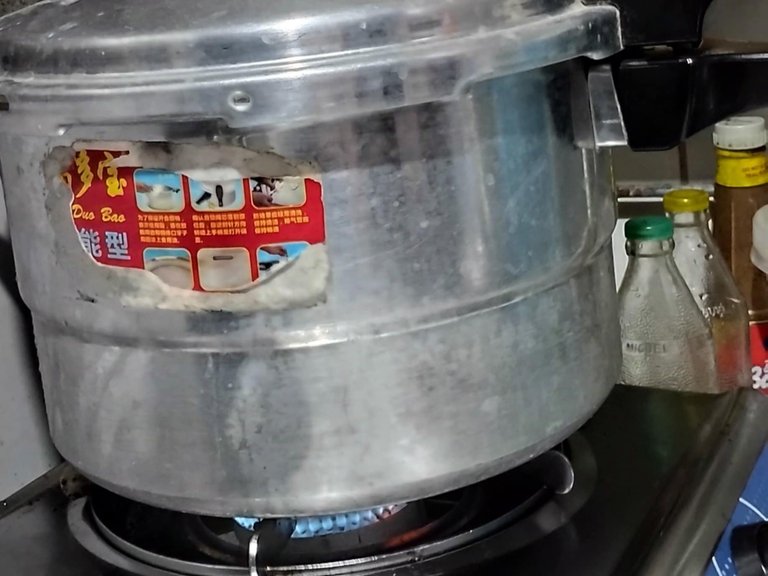It's the modest joy in my heart when I take the first bite of anything I adore—your eyelids close for a second as tastes waltz across my palette. I enjoyed every meal, knowing I did not have to spend a fortune to pamper myself.
At that time, I was immersed in warmth—thanks to the delicious food and the realization that life's simple pleasures could still be obtained. It is pure delight, seasoned at an inexpensive cost. It also tastes like home.
I'm going to share with you my favorite chicken foot adobo recipe of all time.

The Filipino dish chicken feet adobo is made by boiling chicken feet using the classic adobo technique. The savory, acidic, and somewhat sweet sauce is made with soy sauce, vinegar, garlic, bay leaves, peppercorns, and, occasionally, sugar or chile. It's a variation of the popular adobo made with chicken or pork, but it includes gelatinous chicken feet that soften when cooked gently.
Although the ingredients are simple, cooking chicken feet takes time and effort.
Cooking chicken feet takes more time and effort than other cuts of meat for several key reasons:
For several reasons, cooking chicken feet requires more time and work than cooking other meat parts.
1. Complete Cleaning Is Essential
Chicken feet must be peeled off because they are frequently filthy and may still have the yellow outer skin. Additionally, you must:
-Clip the nails.

-To get rid of all the grit, scrub and rinse well.

-Blanch them first to sterilize them and make peeling simpler.

2. Texture needs to be simmered.
Chicken feet contain minimal meat and are primarily made up of skin, tendons, and cartilage. To give them a gelatinous and mushy texture:
-They must be braised or boiled for at least forty-five to an hour.

-This creates a thick, sticky feel, allowing the connective tissues to soften and degrade.
3. Absorption of Flavor
-Although chicken feet taste good, they require additional time to boil in adobo sauce to fully absorb all components (vinegar, soy sauce, garlic, bay leaves, and pepper).

-Many people enjoy the payoff despite the effort: a dish high in collagen, flavor, and deep contentment, especially when eaten with rice.
As I heat the oil, I hear the wok's mild clatter and the delicious aroma of the garlic and onions sizzling. Every knuckle and curve glows as I place the chicken feet in the pan, ensuring a juicy bite. I pour vinegar and soy sauce on you; the sour aroma envelopes you like a warm hug.

Every process stage—stir, simmer, and taste—deepens the flavor in a reassuring sequence. As I lean down and inhale the peppercorn-spiced vinegary steam, I experience a rush of euphoria because this ordinary, inexpensive commodity is about to become extraordinary.
The first taste at the table speaks of homecoming. The gelatinous richness dissolves in my mouth thanks to a fantastic balance of umami, sour, and salty sensations. I am so glad for the basic ingredients, time well spent, and the delight of producing a meal that pleases both the tongue and the heart without exceeding the budget. It hints at tradition, innovation, and the soothing understanding that the best meals are often made with love.